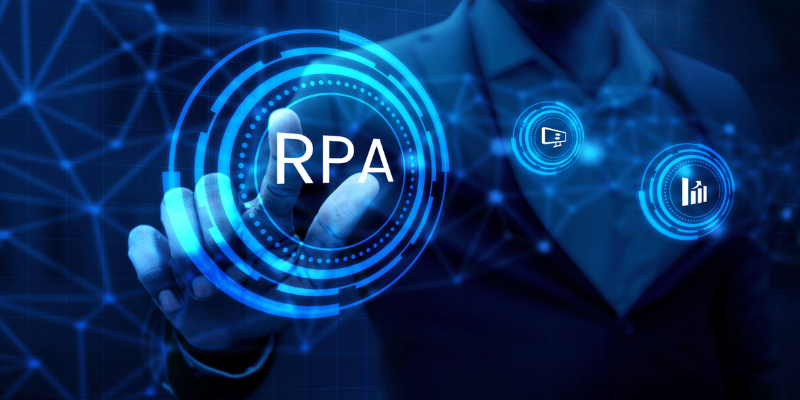What are the Best Practices in RPA Governance?

Organizations use Robotic Process Automation (RPA) to automate repetitive and rule-based tasks, allowing employees to focus on more strategic activities. However, scaling RPA initiatives requires a robust governance framework to ensure efficient management. This blog explores critical aspects of RPA governance and provides insights into successfully managing and scaling automation initiatives. For those seeking expertise in RPA, comprehensive training programs such as RPA Training in Chennai at FITA Academy can provide essential skills and knowledge for effective implementation.
What is the Importance of RPA Governance?
Proper governance is required for effective RPA implementation and scaling within a business. Organizations that do not have a robust governance structure may face various challenges, including a lack of visibility into automated operations, inconsistent processes, security risks, and compliance concerns. RPA governance addresses these issues by setting explicit norms, defining roles and duties, and ensuring alignment with business goals.
Important Components of RPA Governance
Governance Structure: A successful RPA implementation requires a clear governance structure that defines roles and responsibilities, creates an RPA steering committee, and appoints process owners and automation champions.
Process Standardization: Standardizing processes is essential for achieving scalability and consistency. The process involves documenting existing procedures, identifying automation opportunities, and establishing best practices for process design, development, and deployment.
Risk Management: RPA introduces new risks that must be addressed. Organizations should conduct a thorough risk assessment, identify potential risks, and implement appropriate mitigation controls. Automation operations should be monitored and audited regularly.
Change Management: Effective change management is crucial when deploying RPA at scale. It entails communicating the benefits of automation to employees, addressing concerns, providing training and support, and managing the cultural shift that automation brings.
Performance Monitoring and Reporting: Establishing metrics and monitoring mechanisms is essential for measuring the effectiveness of RPA and identifying areas for improvement. Regular reporting enables data-driven decision-making. For individuals looking to enhance their understanding of RPA, enrolling in a comprehensive RPA Course can provide valuable insights into best practices and implementation strategies.
The Best RPA Governance Practices
- Align RPA with the Organizational Strategy: To effectively scale and manage RPA, aligning automation initiatives with the organizational strategy is crucial. This ensures that automation efforts are aligned with strategic objectives and provide value to the organization.
- Define Clear Roles and Responsibilities: Establishing clear roles and responsibilities for effective governance is crucial. To do this, you should designate automation process owners, automation champions, and an RPA steering committee to oversee and guide automation initiatives. This will promote accountability and ensure everyone involved in the automation journey understands their roles.
- Document and Standardize Processes: Standardizing and documenting processes is crucial for successful automation. This includes designing standardized procedures that can be automated, mapping out current processes, and spotting automation potential. Documenting processes helps achieve efficient development, maintenance, and troubleshooting of automation workflows.
- Implement Robust Security Measures: As Robotic Process Automation (RPA) involves handling sensitive data and accessing critical systems, it is crucial to implement strong security measures. This includes encryption of private information, role-based access controls, and frequent security assessments. By prioritizing security, organizations can reduce the risk of data breaches and ensure compliance with regulatory requirements.
- Establish Change Management Processes: Change management is critical to effectively deploying RPA. Develop change management processes focusing on employee engagement, communication, and training. Address any concerns or resistance to change and support employees as they transition to working with automation.
- Continuous Monitoring and Optimization: Maintaining regular monitoring and optimization is crucial to uphold the effectiveness and scalability of automation. This involves setting up performance metrics, monitoring key performance indicators (KPIs), and utilizing analytics to pinpoint areas for enhancement. For those seeking to deepen their expertise, enrolling in a reputable Training Institute in Chennai can provide valuable insights and skills. Keep refining automation workflows consistently to boost efficiency and attain superior results.
Also Read: RPA Interview Questions and Answers